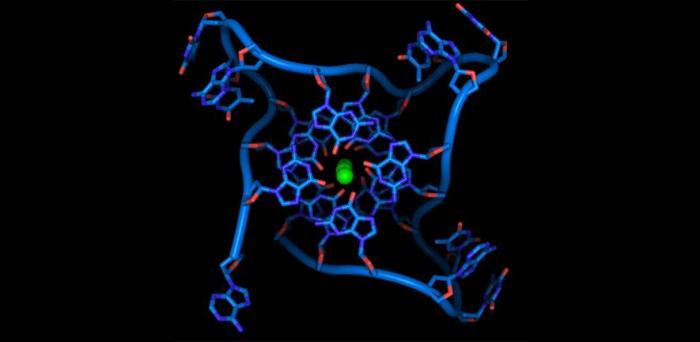In 1953, Cambridge researchers Francis Crick and James Watson co-authored a study published in the journal Nature which showed that DNA in our cells has an intertwined, ‘double helix’ structure. Sixty years later, a team led by Professor Sir Shankar Balasubramanian and Professor Steve Jackson, also at Cambridge, found that an unusual four-stranded configuration of DNA can occur across the human genome in living cells.
These structures form in regions of DNA that are rich in one of its building blocks, guanine (G), when a single strand of the double-stranded DNA loops out and doubles back on itself, forming a four-stranded ‘handle’ in the genome. As a result, these structures are called G-quadruplexes.
Professor Balasubramanian and colleagues have previously developed sequencing technologies and approaches capable of detecting G-quadruplexes in DNA and in chromatin (a substance comprised of DNA and proteins). They have previously shown that G-quadruplexes play a role in transcription, a key step in reading the genetic code and creating proteins from DNA. Crucially, their work also showed that G-quadruplexes are more likely to occur in genes of cells that are rapidly dividing, such as cancer cells.
Now, for the first time, the team has discovered where G-quadruplexes form in preserved tumour tissue/biopsies of breast cancer. Details of their study are published in the journal Nature Genetics.
Image: Crystal structure of parallel quadruplexes from human telomeric DNA. The DNA strand (blue) circles the bases that stack together in the center around three co-ordinated metal ions (green)
Credit: Thomas Splettstoesser
Reproduced courtesy of the University of Cambridge
